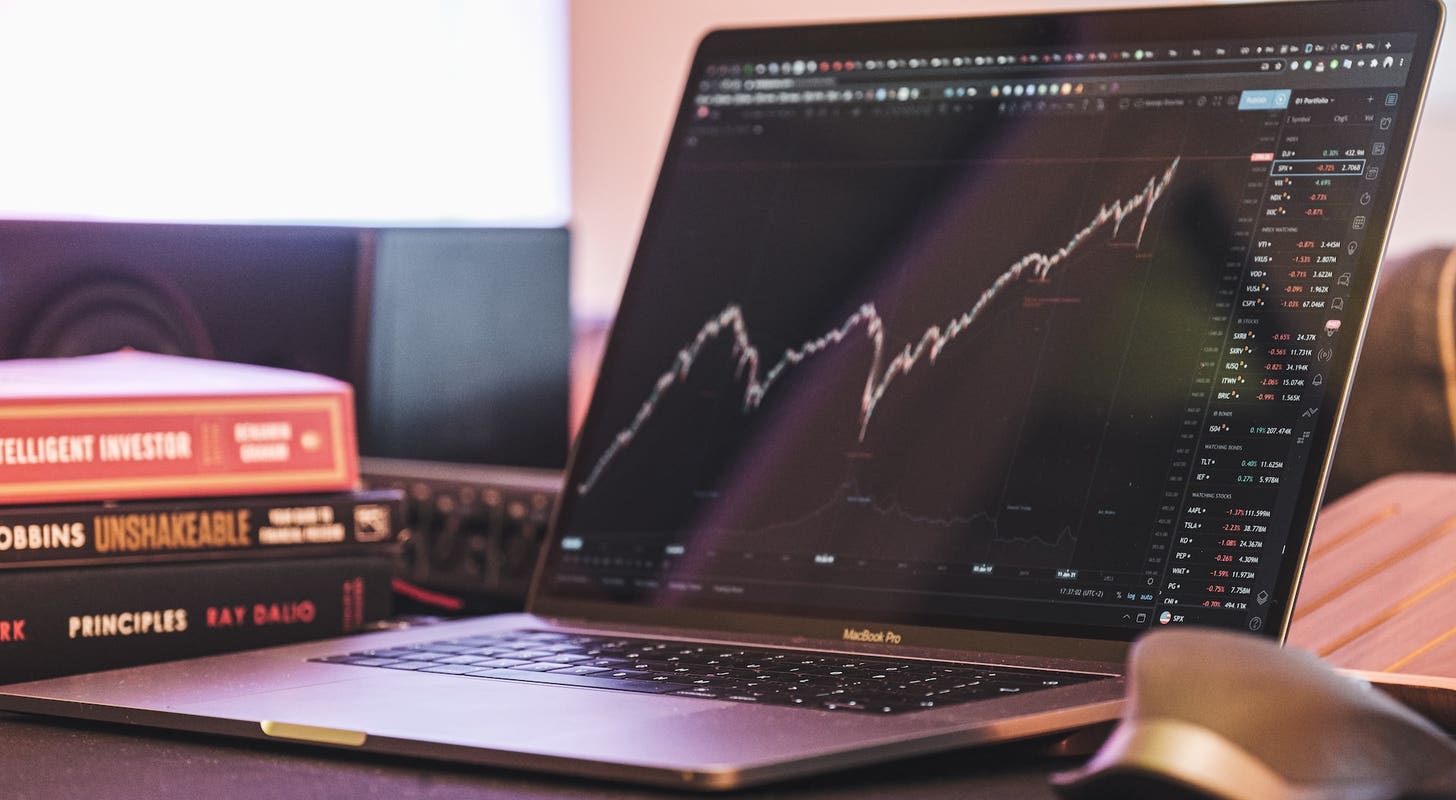Apple's Stock Rollercoaster 7% Slide, Buffett's Bold Bet, And The Quest For A $200 Breakthrough - What Lies Ahead? China, Benzinga, Apple Inc, SPDR S&P 500, Zaheer Anwari, S&P 500 index by https://www.benzinga.com/

AI Insights:
Simple Explanation:
Apple is a big company that makes phones, computers and other gadgets. People used to buy a lot of their stuff, but now they are buying less because of some problems. One problem is that people in China, where many people use Apple products, don't want to buy them as much anymore. Another problem is that there are new things called AI that make phones and computers smarter and better, and Apple has a hard time keeping up with other companies that are making these AI things faster. Also, some rules and other stuff make it harder for Apple to grow and sell more of their products. So, the price of Apple's stock, which is like a piece of the company that people can buy and sell, has gone down by 7%. Read from source...
Critical Perspective:
1. The title of the article is misleading and sensationalist. It implies that there is a specific event or reason for Apple's stock rollercoaster, but the article does not provide any concrete evidence or explanation for this claim. Instead, it focuses on various unrelated factors that affect Apple's performance in different ways and degrees. A more accurate and informative title would be something like "Apple's Stock Performance: Factors Behind The 7% Slide And Uncertain Future".
2. The article begins with a comparison between Apple's stock decline and the S&P 500 index, which is an inappropriate benchmark for evaluating Apple's performance. The S&P 500 represents a broad range of industries and sectors, many of which are not directly competitive or relevant to Apple's business model. A more suitable comparison would be with other technology companies or consumer electronics firms, such as Microsoft, Google, Amazon, Sony, etc.
3. The article mentions reduced demand from China as a major factor for Apple's stock decline, but it does not provide any supporting data or analysis to back up this claim. It simply assumes that China is a significant market for Apple without quantifying its size or importance. Furthermore, the article does not address how much of the reduced demand is due to macroeconomic factors, such as currency fluctuations, trade wars, consumer confidence, etc., and how much is specific to Apple's products or brand image. The article also ignores the potential opportunities and growth markets that China could offer for Apple in the future, especially in areas like mobile payments, cloud services, gaming, education, healthcare, etc.
4. The article briefly mentions the challenges that Apple faces in the AI sector, but it does not elaborate on what these challenges are or how they affect Apple's competitiveness and innovation. It also does not acknowledge the strengths and advantages that Apple has in terms of its resources, talent, ecosystem, partnerships, etc., nor does it compare Apple's AI capabilities with those of its rivals. The article seems to imply that Apple is lagging behind or falling behind in AI, without providing any evidence or context for this claim.
5. The article cites regulatory obstacles as a factor that impacts Apple's growth, but it does not specify what kind of regulations or which markets are affected by them. It also does not explain how these regulations affect Apple's business model, revenue streams, customer relationships, etc., nor does it provide any examples of other companies that face similar regulatory issues and how they cope with them. The article seems to suggest that Apple is facing a hostile or unfavorable regulatory environment, without providing
Sentiment Analysis:
Negative
AI's sentiment analysis: The article discusses the decline of Apple's stock by 7% this year and how it is underperforming compared to the S&P 500 index. It mentions various factors contributing to this poor performance, such as reduced demand from China, tough competition in the AI sector, regulatory obstacles, and a general growth slowdown. These factors indicate a negative sentiment towards Apple's stock and its future prospects.
Investment Analysis:
We are not financial advisors. It's always essential for you to consult with a financial advisor and do your research before making any decisions about investments.
To address these challenges and uncertainties, I would recommend the following portfolio allocation for an investor with a moderate risk profile and a horizon of three years. 15% in Apple stock, 15% in SPDR S&P 500 ETF (SPY), 20% in iShares Core U.S. Aggregate Bond ETF (AGG), 20% in Invesco QQQ ETF (QQQ), and 30% in a diversified mix of gold, commodities, and international stocks.